Descripción
Master Magister (Compendium of Aparatologia Medical systems – Aesthetics)
With Training Courses and Online you can reconcile your lifestyle, your work and study.
Specialization is essential to improve employment.
Temary MASTER I (Compendium of Aparatologia Medical systems – Aesthetics)
https://www.formaciononlinenutridermo.com/wp-content/uploads/2015/09/INDICE-MASTER-COMPENDIUM-I.pdf

INDEX MASTER
MEDICAL EQUIPMENT – AESTHETIC
Compendium Volumen I
INDEX
PROLOGUE…………………………………………………………….
1.- BASIC KNOWLEDGE
– Functioning of the skin
- Skin functions.
- Tanned and dark skin.
- PITZPATRICK scale
– Functioning of hair
- Types of hair.
- Hair structure.
- Hair follicle.
- The hair growth cycle.
- The cycle according to the parts of the body.
- Hirsutism and Hypertrichose.
– Facial
- Spots: What are spots?
- Causes and Factors.
- Types of Spots.
- Acne: What is acne?
- How does acne develop.
- Types of acne.
- Wrinkles: What are wrinkles?
- What causes wrinkles.
- Types of wrinkles.
- Telangiectasias: What are Telangiectasias?
– Corporal
- What is Cellulitis?
o Phases.
- What is flaccidity?
o Causes and Factors
– Tattoos
- Tattoos: What are tattos?
- Types of tattos
- Temporary
- Permanent
- Micropigmentation
– Lasers on the market
- Ruby
- Alexandrite
- Diode
- ND: YAG
- IPL
2.- IPL………………………………………………………………
– Lasers and pulsed light systems
- Wavelength
- Filters
- Pulse duration
- Yield or Energy
- UV light and IR light
– Light depilation
- Selective absorption principle
- Photomechanical depilation
- Photothermal depilation
- Pulse set / Pulse or Multipulse cart
- The advantages of Pulsed Light over other technologies used for Depilation
– Facial phototherapy
– Conclusion
- Client management procedure
- IPL practical treatment
- Protocols
3.- DIODE………………………………………………………………….
– LASER DIODE – Frequently Asked Questions
- What does the laser Diode consist of?
- What is the laser Diode’s mechanism of action?
- What are the advantages of the laser Diode?
- What are the limitations of the laser Diode?
- For what kind of skin is the laser Diode recommended?
- Which are the the phases of hair follicle activity?
- What period of time needs to pass until a complete depilation is achieved?
- How much time must pass between sessions?
- Do NDV DIODEs offer greater efficiency? Why?
- Is the laser Diode recommended for male depilation?
- Does the laser Diode require medical control or does it only need aesthetic control?
- What is the Super Hair Removal technology?
- How does the Super Hair Removal mode work?
- What are the advantages of the Super Hair Removal mode?
- What are the disadvantages of the Super Hair Removal mode?
- Is the application of the Super Hair Removal technology complex?
- Is there an standard SHR application method?
– COMPARISION
- LASER DIODE
- ALEXANDRITE LASER
- IPL
– CONCLUSION
- Client management procedure
- IPL practical treatment
- Protocols
4.- E-LIGHT SYSTEM. ………………………………………………………………………….
– FUNCTIONING OF THE E-LIGHT SYSTEM.
- What is the E-LIGHT system?
a)IPL.
What is it for.
- b) RADIOFREQUENCY.
What is it for.

– E-LIGHT SYSTEM APPLICATIONS
- Use and Technique.
– CONCLUSIONS
- Range of Treatments.
5.-ND: YAG, Q-switched………………………………………………………..
– ND LASER INTRODUCTION : YAG, Q-switched
- ND laser selective treatment for tattoos: YAG, Q-Switched.
- ND LASER: YAG
– FACTORS THAT INFLUENCE TATTOO REMOVAL.
- Colour – Body localization – Size.
- How does laser tattoo removal work.
– ONYCHOMYCOSIS TREATMENT
- What is onychomycosis.
– CLINICAL TREATMENTS AND PARAMETERS
- Clinical Applications.
- Conclusions, A few questions and answers.
– Is the Technique Painful?
– How many sessions are necessary for tattoo removal
– Is the laser as effective in the removal of all the ink colours?
– Is the tattoo removed completely?
– What aftercare is needed after the treatment?.
– Spot Removal
6.- RADIOFREQUENCY……………………………………………………..
– FUNCTIONING OF RADIOFREQUENCY
- What is Radiofrequency.
a)Types of Radiofrequency.
- What is it for.
– RADIOFREQUENCIES
- Monopolar (Unipolar) Radiofrequency.
- Bipolar Radiofrequency.
- Tripolar Radiofrequency.
- Pentapolar Radiofrequency.
– HOW DO THEY WORK AND WHAT ARE THEY FOR
(Usage and Technique monopolar – bipolar – tripolar – pentapolar)
- Protocols
- Indications/Instructions of RF.
- How is RF applied.
7.- CAVITATION…………………………………………………………………
– FUNCTIONING OF CAVITATION.
- What is Cavitation.
- What is it for.
- Functions:
a)Corporal.
b)Facial.
– TYPES OF CAVITATION
- Stable Cavitation. (1 MHz )
- Unstable Cavitation. (40 Khz)
- Implosive Cavitation. (1 MHz and 40 Khz)
– HOW DO THEY WORK AND WHAT ARE THEY FOR
(Cavitation 1MHz – 40 KHz)
– ANNEX (Conducted Studies)
- Protocols
8- CRYOLIPOLYSIS……………………………………………….
– CRYOLIPOLYSIS HISTORY.
- Benefits of Cryolipolysis.
a)Against localized fat.
– Zones (objectives)
– Observed results.
- Side effects.
– CONDUCTED STUDIES.
- Noninvasive cryolipolysis for the destruction of fat cells.
- Selective Cryolipolysis
- Cryolipolysis for the reduction of thr subcutaneous fat layer.
- Clinical effectiveness of
- Subcutaneous noninvasive cryolipolysis.
– PATIENTS’ MOST FREQUENTLY ASKED QUESTIONS.
- What is Cryolipolysis?
- How does Cryolipolysis work?
- What happens to fat cells?
- What clinical evidence supports that the procedure really works?
- How long does it take to see results?
- What happens if we compare this results with invasive liposuction procedures?
- How long do the results last?
- What are the more common effects after the treatment?
- How long does a session last?
- Is the application of the Cryolipolysis system painful?
- Is there an inactivity period after the treatment?
- Can you apply other systems after Cryolipolysis?
- Am I a good candidate for the use of this system?
- Why is the Cryolipolysis system different from other procedures?
– QUESTIONS AND ANSWERS ABOUT CRYOLIPOLYSIS
- About Cryolipolysis.
- Key Benefits of Cryolipolysis.
- The length of the sessions and how many are needed?
- The results.
- How does Cryolipolysis work?
- What can be noticed during and after a session?
- What differences are there with other methods?
- a) Efficiency.
- b) Safety.
- c) The patient’s goal.
- Who is an ideal candidate for Cryolipolysis?
- a) Science that endorses Cryolipolysis?
– FUNCTIONING OF CRYOLIPOLYSIS
- Clinically Tested.
- a) Availability of equipment with Cryolipolysis system.
Stages.
– Stage 1
– Stage 2
– Stage 3
- Common questions and answers about treatments.
- a) Can Cryolipolysis be combined with CAVITATION + RF?
- Other Studies and References.
- The Cold Thermogenesis protocol
- The Impact of Cold exposure in adipocytes.
With Training Courses and Online you can reconcile your lifestyle, your work and study.
flexibility
Wherever and whenever you can. Adapt the pace of study according to your time and availabilities
Online training offers you the chance to choose your training schedule according to your personal needs and your time availability, facilitating the reconciliation of learning with other professionals or family responsibilities.
Virtual Classes
Consult your doubts through Emial teacher – chat. Live or recorded, YOU DECIDE
Work and continuous assessment will be the key to the gradual acquisition of title elements. The weight of the continuous assessment is 40% of the final mark of each module or credit.
With Training Courses and Online you can reconcile your lifestyle, your work and study.
Specialization is essential to improve employment.


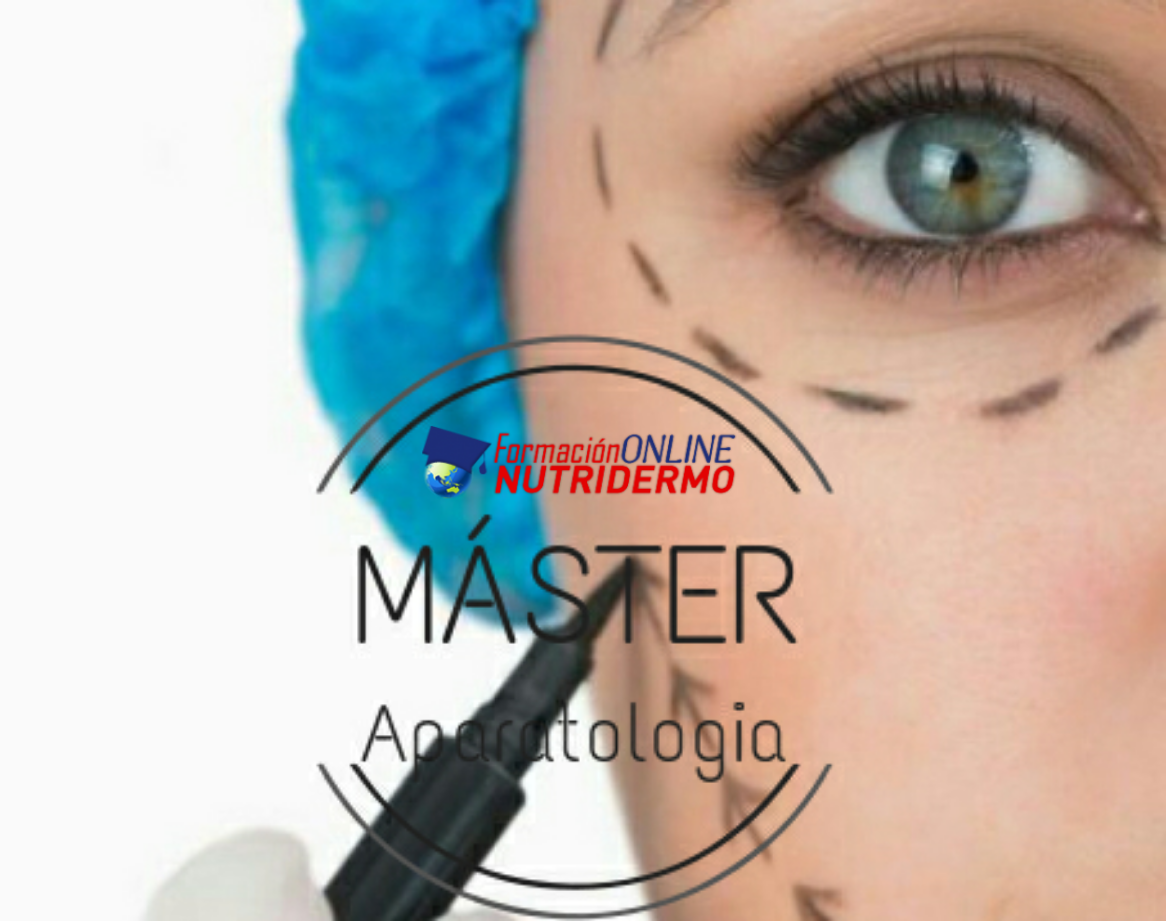

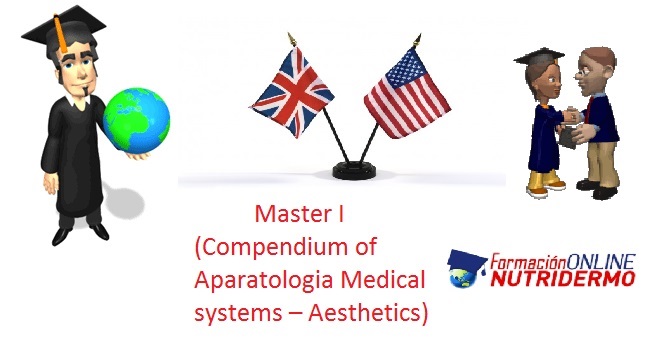
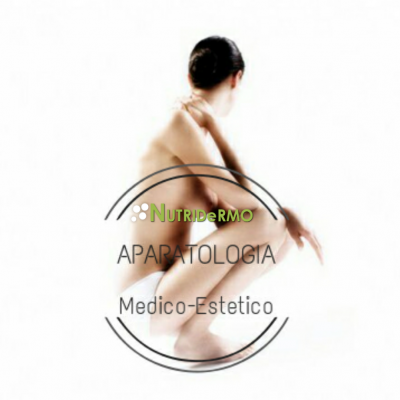
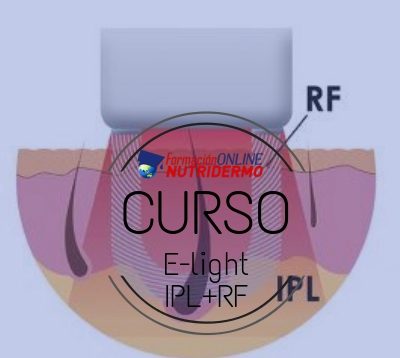
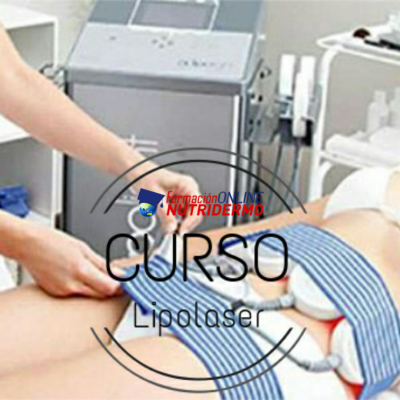

Valoraciones
No hay valoraciones aún.